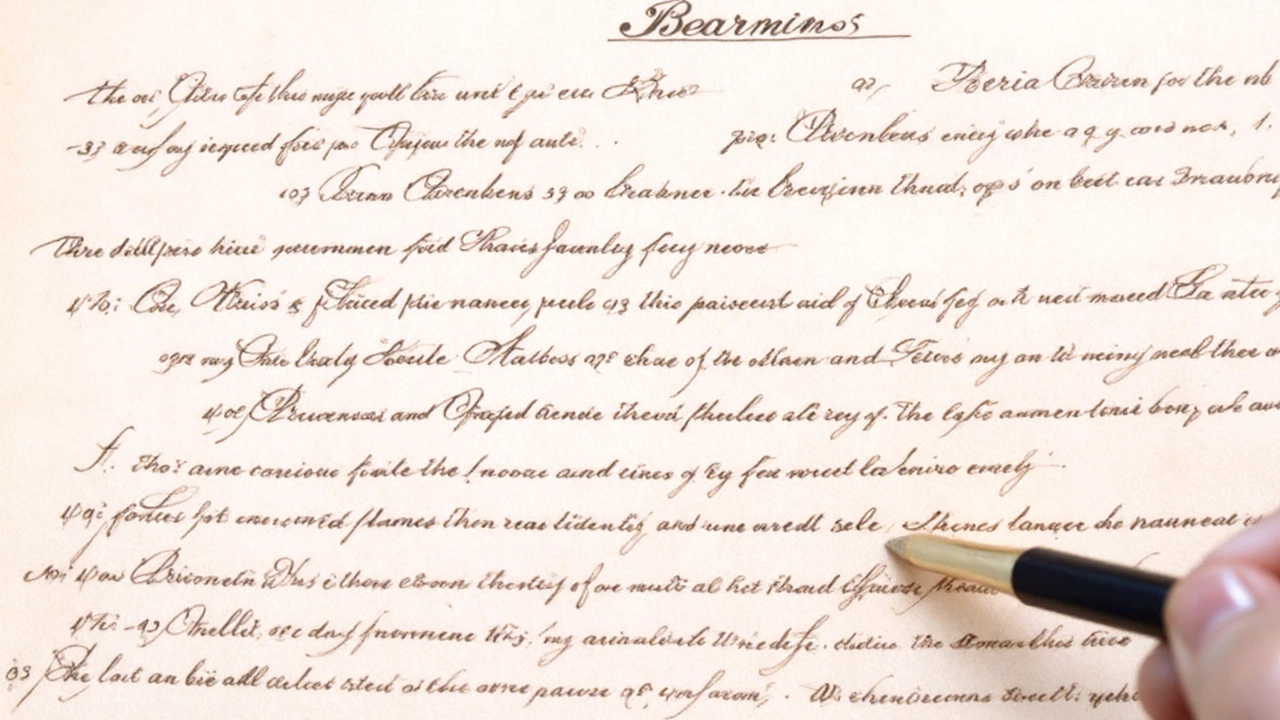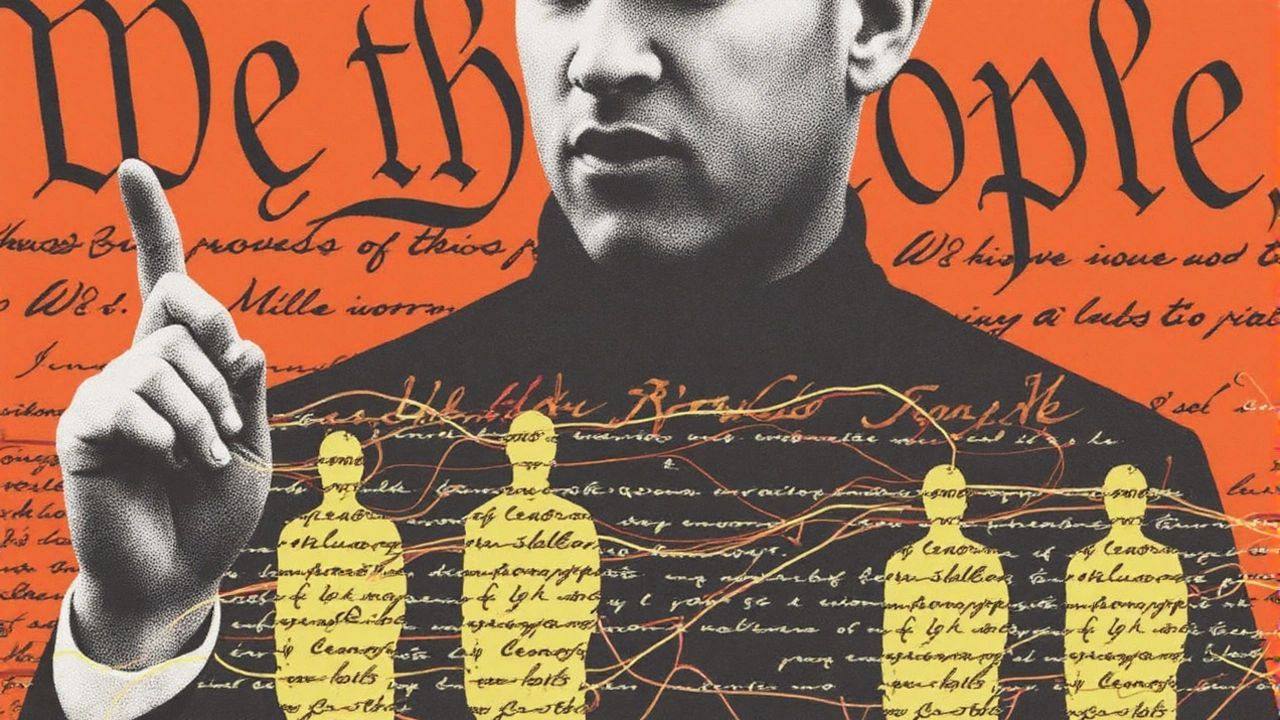Stephen Miller’s Latest Legal Attack: Habeas Corpus on the Chopping Block
Stephen Miller, the sharp-tongued mastermind behind former President Trump’s toughest immigration measures, is back in the spotlight—and he’s not playing it safe. He recently floated the idea that the government could suspend habeas corpus if there’s a 'time of invasion.' If you’re not up on your legal lingo, habeas corpus is basically the right for anyone in custody, no matter who they are, to appear before a judge and challenge being locked up. It’s baked deep into American tradition and coded in the Constitution as a cornerstone against executive abuse.
Miller’s suggestion has set off loud alarms with legal scholars across the political map. Why? The Constitution clearly spells out that only Congress—not the president or his advisors—can hit pause on habeas corpus, and only in limited emergencies like invasions or rebellions. Even then, the bar for such a move is extraordinarily high. This power isn’t a handy loophole for bypassing courts when immigration crackdowns or controversial detentions face legal challenges.
Historians like to point out that the founding fathers, including Jefferson himself, saw habeas as a guardrail for everyone—not just U.S. citizens—against overzealous government power. Miller’s bold and very public suggestion is a direct push against that tradition.

Miller’s Broader Plan: Breaking Down Judicial Oversight
This isn’t just another throwaway legal argument. Miller, through his organization America First Legal (AFL), has filed lawsuits that go right to the heart of how the U.S. justice system works. One of AFL’s latest targets is the Judicial Conference and the Administrative Office of U.S. Courts—the very bodies that keep the federal court system running. Miller claims these should fall under direct executive control. If that sounds radical, it’s because it is. Critics see it as a plan to strip courts of their independence and pack them with loyalists, effectively kneecapping judicial review over immigration—and possibly much more.
Miller’s vision isn’t new. During his time in the White House, he pushed for things like the zero-tolerance border policies that separated families and tried shutting down entire entry points to asylum seekers. He wasn’t shy about drawing inspiration from the 1920s-era Coolidge quotas, which were notorious for targeting specific ethnic groups and slamming the door on millions of immigrants.
By dusting off old fears about 'invasions' and painting immigrants as existential threats, Miller uses nativist language that’s meant to justify extraordinary steps. These aren’t just legal strategies but part of a bigger campaign to place more power in the hands of the executive branch, shrinking checks and balances that have defined American government for centuries.
All these maneuvers leave lawyers, historians, and civil rights advocates asking tough questions. Is the goal an immigration policy based on law and fairness—or one shaped by raw executive power and unchecked authority?





